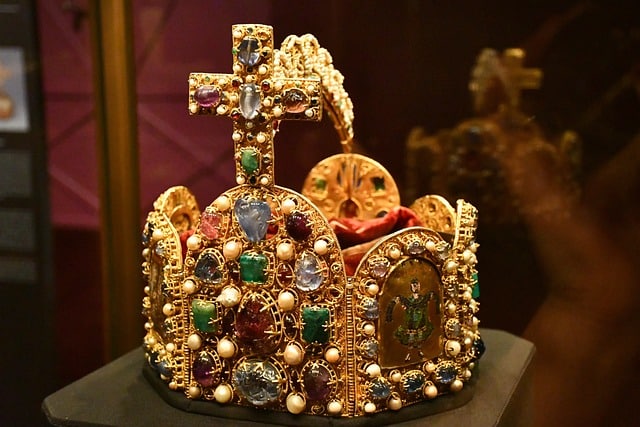
Regalism supports the exclusive right of monarchs over royalties that came into conflict with the Catholic Church, among others.
The system or scheme of the regalists is known as regalism . A regalist, meanwhile, is someone who defends the royalties of the monarchy in the link between the State and the Church .
Before moving forward with the concept, it is important to be clear about what royalties are. This is the name given to a prerogative that a sovereign exercises from his supreme power. A particular privilege is also called royalty: formerly, the idea specifically referred to the privilege that the Vatican granted to monarchs in some matter associated with the discipline of the Church .
Rights and jurisdictions
Returning to the concept of regalism, it is usually used with respect to theories that support the exclusive right of monarchs over certain royalties , especially those that conflicted with the rights of the leader of the Catholic Church (the pope ).
In the Middle Ages , regalism meant the defense of civil power against ecclesiastical power. It was a doctrine put into practice by Catholic monarchies when relating to the Church.
Regalism, in short, consolidated the rights of the king against the jurisdictions of the pope or even nobles. Minting coins and administering justice, in this framework, could be considered primitive royalties.
Regalism and Church
Specifically referring to interaction with the Church , Spanish regalism promoted, for example, the right of presentation . This resource allowed the king to propose candidates for the pope to appoint a bishop. Some rulers even achieved the Royal Patronage , which granted them the right to appoint the bishops of a territory directly.
The Catholic Monarchs set themselves the goal of increasing the control they had over the Church and then reforming the clergy. To achieve this it was necessary to have bishops who stood out for their honesty, their university training and their austerity. The easy way was to appoint their own candidates to fill the positions; Although they tried, the pope opposed, since this power belonged to him. But this did not prevent them from obtaining the right of presentation , which allowed them from then on to present to the pontiff a list of people recommended to fill the available positions so that he could continue appointing them, and among them was the bishop himself.

A memorial from 1633 laid the foundations for 18th century regalism in the Vatican.
The Royal Board was obtained in the territories of the Indies, the Canary Islands and the Kingdom of Granada. But the monarchical Church of Spain did not become as independent of the pope as the French did, which established in the first half of the 15th century that all decisions coming from Rome had to be approved by its own Church before coming into force. so they were not considered mandatory. The Spanish Church maintained its two privileges throughout two centuries, which lasted the Austrian Monarchy , a time in which a theory of regalism arose by some theologians and jurists that supported the power that the Crown came to have as about Rome.
Between the 16th and 17th centuries, some of the outstanding people in this theoretical field were Diego de Covarrubias, Juan López de Palacios Rubios, Melchor Cano, Francisco Salgado de Somoza and Francisco Ramos del Manzano . Finally, we can mention that in 1633 a memorial was prepared that Juan de Chumacero (counselor of Castile) and Pedro Pimentel ( bishop of Córdoba) took to the Holy See on behalf of Philip IV to demand that the pope stop intervening in abusive manner in the decisions of the Monarchy. This was a very relevant milestone in regalism that we would see flourish a century later.
